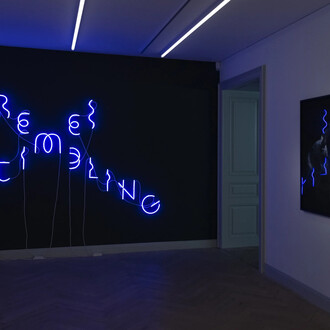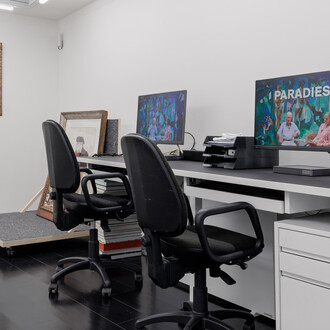MASI Lugano presents Ferdinand Hodler - Filippo Franzoni. An artistic bond, the spring season exhibition that celebrates the friendship and bond between two key figures on the Swiss art scene in the late 19th and early 20th centuries. The show forges a sweeping artistic dialogue between a significant selection of works by Filippo Franzoni and paintings — including lesser-known ones — by Ferdinand Hodler from mejor Swiss public and private collections, shedding light, for the first time, on the striking resonances between the works of the two artists.
While Ferdinand Hodler (Bern, 1853 — Geneva, 1918) is internationally recognized as one of the leading figures of Symbolism, Filippo Franzoni (Locamo, 1857 — Mendrisio, 1911) remains relatively unknown outside Italian-speaking Switzerland. Born in Locarno into a liberal-leaning bourgeois family, Franzoni trained at the Brera Academy of Fine Arts in Milan, was influenced by the Scapigliatura movement, and later became one of the few locals to engage with the Monte Verita artistic community in Ascona. Hodler, on the other hand, after an early apprenticeship with a landscape painter, trained in Geneva, in the context of the city's established tradition of landscape painting.
Although initially gravitating around different artistic circles, from 1890 onward, the careers and personal lives of the two artists intersected multiple times within the emerging Swiss art scene. Both were actively involved in_national and international juries and exhibitions, helping to bring together the cultures of the country's different linguistic regions for the first time. Morcover, both gained renown as talented lardscape painters, influencing the perception and representation of their respective regions: primarily Lake Geneva and the Swiss Alps in Hodler's case, and Lake Maggiore and the Locamo area for Franzoni.
Structured as a comparative dialogue, the MASI exhibition presents 80 paintings by both artists, spanning four decades. It gives visitors the opportunity to trace their artistic evolution from 1870, when Hodler made his debut, to 1911, the year of Franzoni's death. At the heart of this original dialogue is the Swiss landscape, with its shifting light and evocative atmospheres. The works on display at MASI reveal how both artists were drawn to similar landscapes, translating the essence of Main Partner what they saw into formal and compositional solutions that present striking affinities. Above all & UBS their artistic journeys reflect a gradual move away from academic influences, transcending pure representation in pursuit of a vibrant sublimation. This evolution is particularly clear in some of the key works on display, such as Il Lago Lemano visto da Chexbres by Hodler and the imposing Delta della Maggia by Franzoni.
"Ferdinand Hodler revolutionised the representation of the Swiss landscape, not only trying to create realistic, evocative depictions, but also to convey spiritual and symbolic messages. His stylized, large-format representations, whether of Alpine peaks or Lake Geneva, pare down forms and colours to their essence, tuming the landscape into a universal symbol of time, space and eternity. Among his contemporaries, Hodler was accompanied in this symbolic sublimation of the landscape by one Ticino painter in particular: Filippo Franzoni," explains Tobia Bezzola, director of the museum.
The landscapes of Hodler's selected for the exhibition reflect the more intimate side of his practice, and include innovative works painted in Locarno, in places that were dear to his friend Franzoni. As well as exploring portraiture, the exhibition also includes works in a Symbolist vein, something both artists embraced, but with different approaches.












